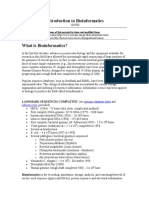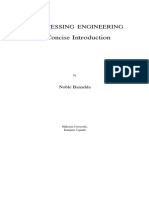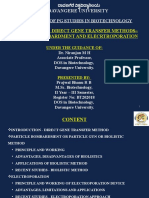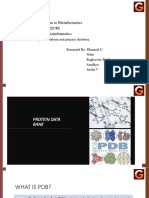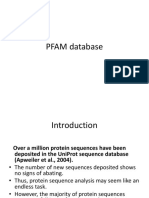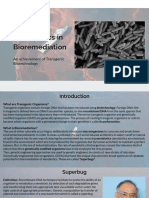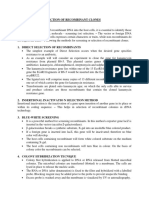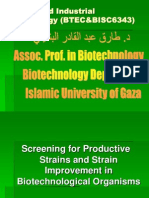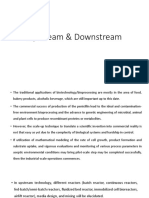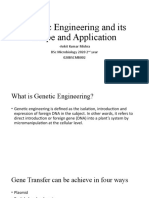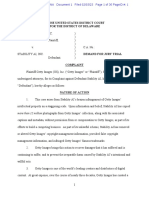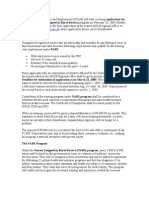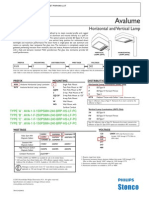0% found this document useful (0 votes)
1K views12 pagesBtisnet: Objective, Structure &functions
The document summarizes the Biotechnology Information System Network (BTISNET) in India. It was established in 1986-87 by the Department of Biotechnology to bridge gaps in biotechnology information and establish links among scientists. BTISNET consists of 4 institutions - Centers of Excellence, Distributed Information Centers, Sub-Distributed Information Centers, and Bioinformatics Infrastructure Facilities. It aims to provide a national bioinformatics network, build databases, assess user needs, and provide training to promote biotechnology research.
Uploaded by
soumitaCopyright
© © All Rights Reserved
We take content rights seriously. If you suspect this is your content, claim it here.
Available Formats
Download as DOCX, PDF, TXT or read online on Scribd
0% found this document useful (0 votes)
1K views12 pagesBtisnet: Objective, Structure &functions
The document summarizes the Biotechnology Information System Network (BTISNET) in India. It was established in 1986-87 by the Department of Biotechnology to bridge gaps in biotechnology information and establish links among scientists. BTISNET consists of 4 institutions - Centers of Excellence, Distributed Information Centers, Sub-Distributed Information Centers, and Bioinformatics Infrastructure Facilities. It aims to provide a national bioinformatics network, build databases, assess user needs, and provide training to promote biotechnology research.
Uploaded by
soumitaCopyright
© © All Rights Reserved
We take content rights seriously. If you suspect this is your content, claim it here.
Available Formats
Download as DOCX, PDF, TXT or read online on Scribd
/ 12









